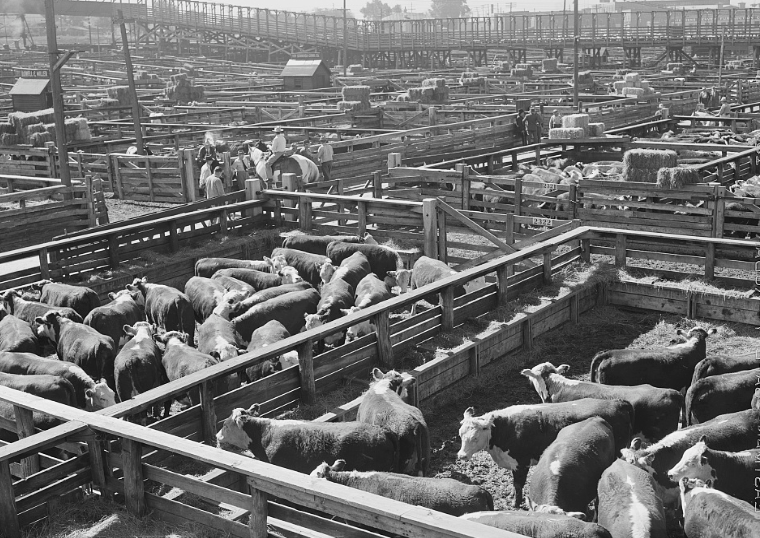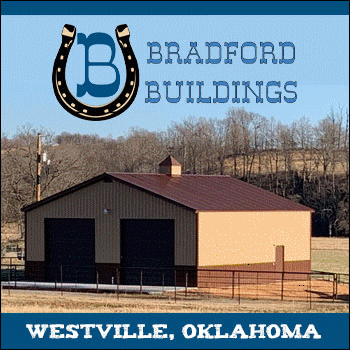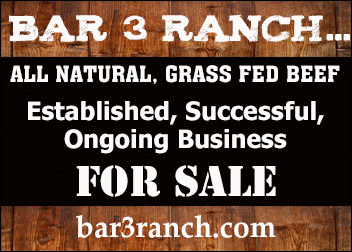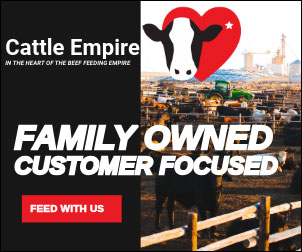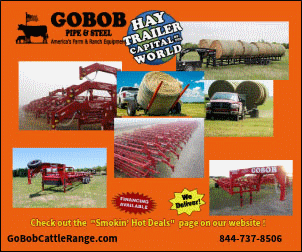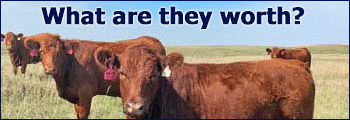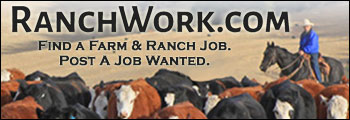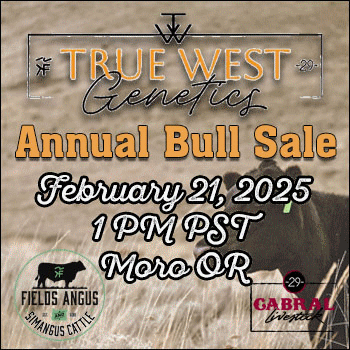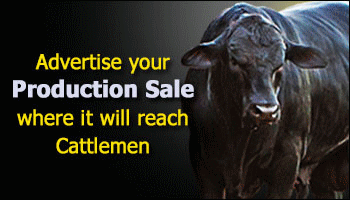Photo: Denver Stockyards - 1941 - Courtesy of Library of Congress
Source: Rachel Gabel
Denver Mayor Mike Johnston’s $3 million campaign to urge Denver residents and visitors to eat less meat to reduce greenhouse gases (GHG) is tone deaf at best. There is no need for widening the divide between people and where their food comes from, especially here and now.
Attempting to influence people’s food choices to fit an agenda funded by cause celebs is elitist, especially in a time when families are struggling to put nutritious food on the table. This is certainly further compounded by the shaky foundation of misinformation the campaign appears to be based upon when the priorities of the funding office shouldn’t have arbitrarily added livestock to the conversation.
Colorado protein producers have embraced efficiencies and new methods that put sustainability at the top of the list of priorities, not because it was forced upon them, but because doing right by the land and livestock is an investment in their success. The margins in production agriculture don’t allow much room for error, and though there are certainly bad actors in every business, the agriculture producers I’m familiar with do their best to care for the land and their livelihood. Colorado would benefit from understanding agriculture’s role in feeding the world, stewarding the land, providing habitat for 900-plus species and keeping the economy statewide and in the rural communities where stock trailers often roll through town.
Denver was built on the shoulders of the livestock business and still benefits from the state’s $47 billion agriculture industry multiple times per day. Beneath the gold dome in Denver, a plaque hangs on a wall as a tribute to the cattle industry in the Mile High City. Dedicated in 1967, the plaque recognizes a century of not only the precursor to the Colorado Cattlemen’s Association, but the importance of the industry’s leaders. Eleven names also appear on the plaque listing the state and territorial governors who also led the CCA. There’s little doubt about the quality and effect of the leaders: John Evans, Samuel Elbert, John L. Routt, Benjamin H. Eaton, Alva Adams, Job A. Cooper, Elias Ammons, William H. Adams, Edwin C. Johnson, Teller Ammons and Dan Thornton. Among their achievements and challenges are the formation of the state highway system, the Great Depression, foreign wars, migrant labor, the formation of the canals and irrigation systems that allow for robust agriculture, the transition to statehood, women’s suffrage, the construction of the state Capitol, the mining boom, the silver bust, the development of the State Game and Fish Department and the State Water Conservation Board, and the Ute Uprising of 1887.
The first meeting of the nation’s first cattlemen’s association occurred in Denver at a hotel and Overland stagecoach stop on a little dirt road at the corner of 16th and Blake Streets. The association, now known as CCA, hired David J. Cook, who was in his second term as the City Marshal of Denver to serve as a detective investigating cattle thefts. It was the precursor to the Colorado Brand Board, a division of the Colorado Department of Agriculture, that CCA was integral in forming.
Denver also benefits from the economic influx from the National Western Stock Show. In 2023, the NWSS was responsible for $171 million in economic activity in a mere 16 days. Outside the best 16 days in January, the facility hosted about 100 other events that brought in an additional $26.4 million. Livestock producers from around the world gather in Denver each January and millions of dollars of business is done in the alleys of the Yards, in the auction rings, through scholarship awards and at local restaurants, gas stations and hotels.
Though it seems to remain an easy target, modern cattle production is more efficient and packs a much smaller environmental effect than in previous generations. Cattle producers are able to produce more product with fewer inputs thanks to better genetics, better nutrition and technology.
Dr. Frank Mitloehner, a professor at UC Davis maintains “forgoing meat is not the environmental panacea many would have us believe.” In the U.S., greenhouse gas emissions from beef cattle contribute about 2% of the total. Worldwide, that number is higher because there are countries like India with high populations of cattle and where cattle are not a part of the food supply, GHG emissions are much higher. In other countries, beef production is much less efficient, translating into higher GHG emissions.
The Denver Office of Climate Action, Sustainability and Resiliency, which is providing the $3 million to fund this effort has never mentioned agriculture or livestock production or meat as one of their targeted action items. Now isn’t the time to start. The focus of the office should remain transportation (which is the largest source of GHGs) and rebates for e-bikes and heat pumps.
Former CCA president Wiley Berthelson’s advice for industry leaders wouldn’t hurt the city’s mayor. “An effective leader of any organization needs an understanding of the past, goals for the future and determination to get there.”
Rachel Gabel writes about agriculture and rural issues. She is assistant editor of The Fence Post Magazine, the region’s preeminent agriculture publication. Gabel is a daughter of the state’s oil and gas industry and a member of one of the state’s 12,000 cattle-raising families, and she has authored children’s books used in hundreds of classrooms to teach students about agriculture.
